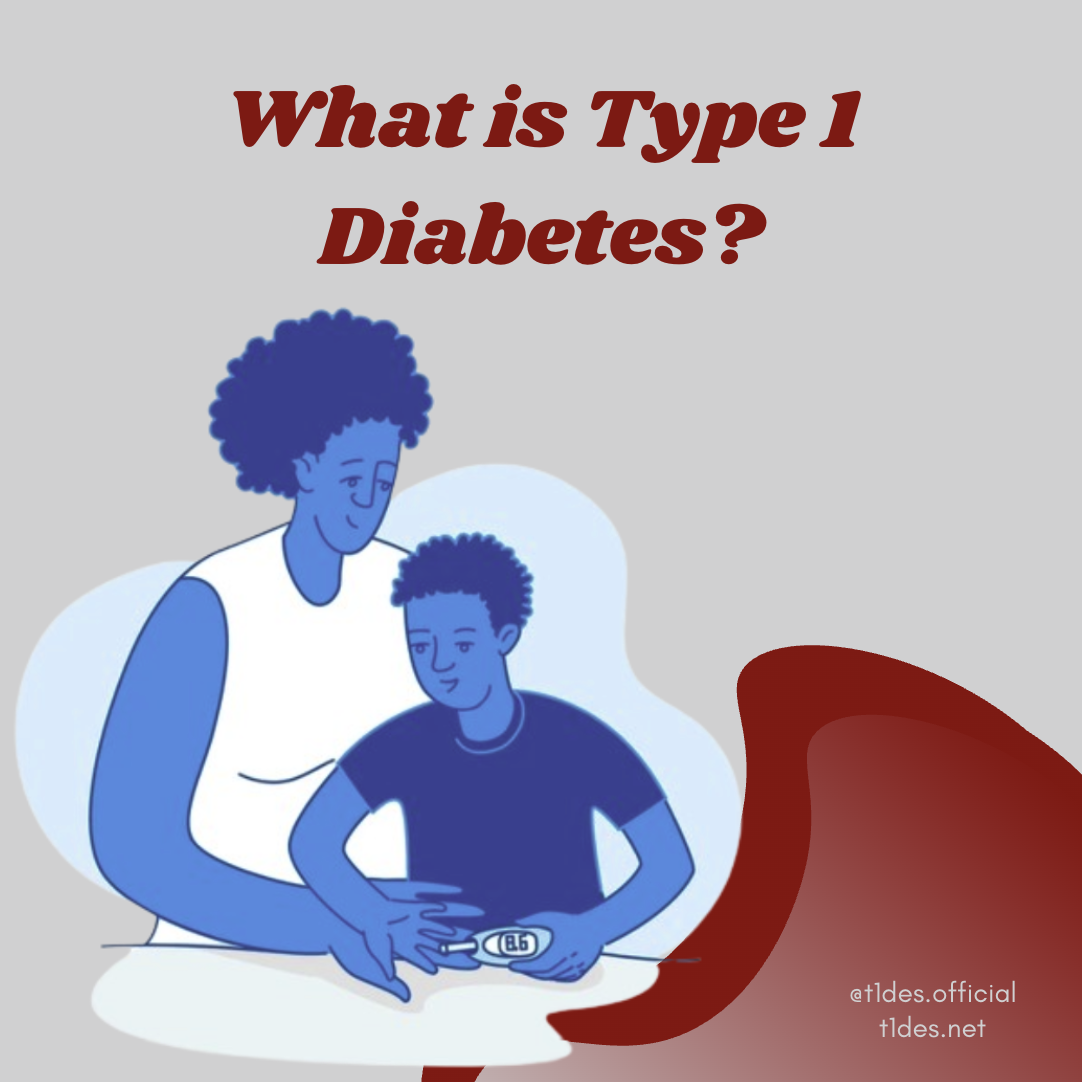Type 1 diabetes (T1D) is a disease too often misunderstood as a condition caused by overconsumption of sugar or poor lifestyle choices. In reality, it’s a serious autoimmune disease characterized by a lack of insulin production and high blood sugar. The immune system mistakenly attacks the insulin-producing beta cells in the pancreas. As this occurs, pancreatic cells become inflamed–a condition known as insulitis. With prolonged misdiagnosis, a type 1 diabetic can develop diabetic ketoacidosis (DKA), a potentially fatal condition.
Despite growing scientific understandings and breakthroughs regarding T1D, public awareness still lags behind. This fuels misconceptions that prevent early diagnosis of the disease and impact the livelihood of those living with T1D. In this article, we’ll break down what T1D really is, explore the biology behind insulitis and DKA, and debunk the most common misconceptions surrounding this complex disease.
What Causes Type 1 Diabetes?
Symptoms of type 1 diabetes most commonly start as the immune system begins to attack the body’s beta cells, mistaking them for pathogens or foreign objects. Located in endocrine cell clusters called islets of Langerhans in the pancreas, beta cells are responsible for producing insulin–a hormone that allows glucose to enter cells to fuel the human body. Without insulin, glucose is unable to leave the bloodstream and blood sugar increases at a dangerous rate. Cells are unable to get the energy they need for them to function, and this causes the body to become exhausted quickly. This is when symptoms like excessive thirst, constant urination, unexplained weight loss, and severe fatigue finally appear, which ultimately lead to a trip to the doctor and a life-altering diagnosis. The challenge with type 1 diabetes is the rate at which beta cells disappear–by the time someone is diagnosed with T1D, 80-90% of their beta cells may already be gone.
What is Insulitis?
As the immune system targets beta cells, the islets of Langerhans that contain the cells become inflamed, causing insulitis. By contributing to beta-cell destruction, Insulitis can contribute to the development of T1D. However, it’s important to note that insulitis does not cause diabetes but is a symptom of it. Insulitis is present in roughly 19% of type 1 diabetes patients, but it is more prominent in younger children (age 0-14 years) recently diagnosed with T1D. The condition is difficult to diagnose through imaging, whether it be radiological or optical imaging techniques, because of how small islets within the pancreas are. Currently, the best way to diagnose insulitis is through a pancreatic biopsy, which can be invasive.
What is DKA?
Diabetic ketoacidosis (DKA) is a serious and potentially life-threatening complication that occurs when the diabetic body runs out of insulin to process glucose for energy. Instead, the body breaks down fat for fuel, which produces byproducts known as ketones. Ketones are highly acidic and, as they enter the bloodstream, raise the acidity of the blood to dangerous levels. This is common in many patients of type 1 diabetes who are misdiagnosed or don’t recognize their symptoms as being problematic. If left untreated, DKA can lead to comas or even death, making it a medical emergency that requires immediate attention.
Need for Early Detection
Because the disease begins long before symptoms appear, early detection can be instrumental in catching type 1 diabetes early and preventing DKA. Screening for islet autoantibodies–markers in the bloodstream that indicate that the pancreas is under attack–can help those with T1D feel better prepared for a diagnosis, mitigate insulitis, and avoid DKA. Those at risk for T1D, including relatives of type 1 diabetics, should be regularly screened for these early warning signs. Even more, identifying the disease in its earliest stages may allow for new immune-targeted therapies, such as Teplizumab, which can delay the onset of T1D.
Common Misconceptions About Type 1 Diabetes
Type 1 diabetes is surrounded by misinformation and misconceptions that often lead to confusion and stigma. One common myth is that the disease is curable with insulin, which is not the case. In reality, while insulin allows people with T1D to survive, it does not cure the disease or stop the underlying immune attack. Another false belief is that eating less sugar can prevent T1D, but diet has nothing to do with its cause since it’s an autoimmune condition, not a result of lifestyle choices. Many also assume T1D only affects children, when in fact it can develop at any time and affects people of all ages. Finally, it’s often confused with type 2 diabetes, though the two conditions are entirely different in cause. Type 2 is primarily driven by insulin resistance, where the body still produces insulin but doesn’t respond to it effectively, whereas type 1 is caused by a lack of insulin production. These misconceptions not only misinform the public but also make life more challenging for those living with T1D, so educating yourself and others about type 1 diabetes is especially important.
Type 1 diabetes is a complex autoimmune disease, the symptoms of which are not to be ignored. Understanding the science behind T1D and battling misconceptions around the disease is crucial for both medical innovation and advocacy alike. The more we know about the disease, the more we can push for early screening, better diagnostics, and a future where T1D can be cured.
Want to learn more about T1D? Stay tuned for our upcoming posts!
Sources
Mayo Clinic. “Type 1 Diabetes – Symptoms and Causes.” Mayo Clinic, Mayo Clinic, 27 Mar. 2024, www.mayoclinic.org/diseases-conditions/type-1-diabetes/symptoms-causes/syc-20353011.
American Diabetes Association. “Type 1 Symptoms | ADA.” Diabetes.org, American Diabetes Association, 2024, diabetes.org/about-diabetes/type-1.
Pugliese, Alberto. “Insulitis in the Pathogenesis of Type 1 Diabetes.” Pediatric Diabetes, vol. 17, no. 22, 1 July 2016, pp. 31–36, www.ncbi.nlm.nih.gov/pmc/articles/PMC4948864/, https://doi.org/10.1111/pedi.12388.
Wisse, Brent. “Diabetic Ketoacidosis: MedlinePlus Medical Encyclopedia.” Medlineplus.gov, 2018, medlineplus.gov/ency/article/000320.htm.

Leave a Reply